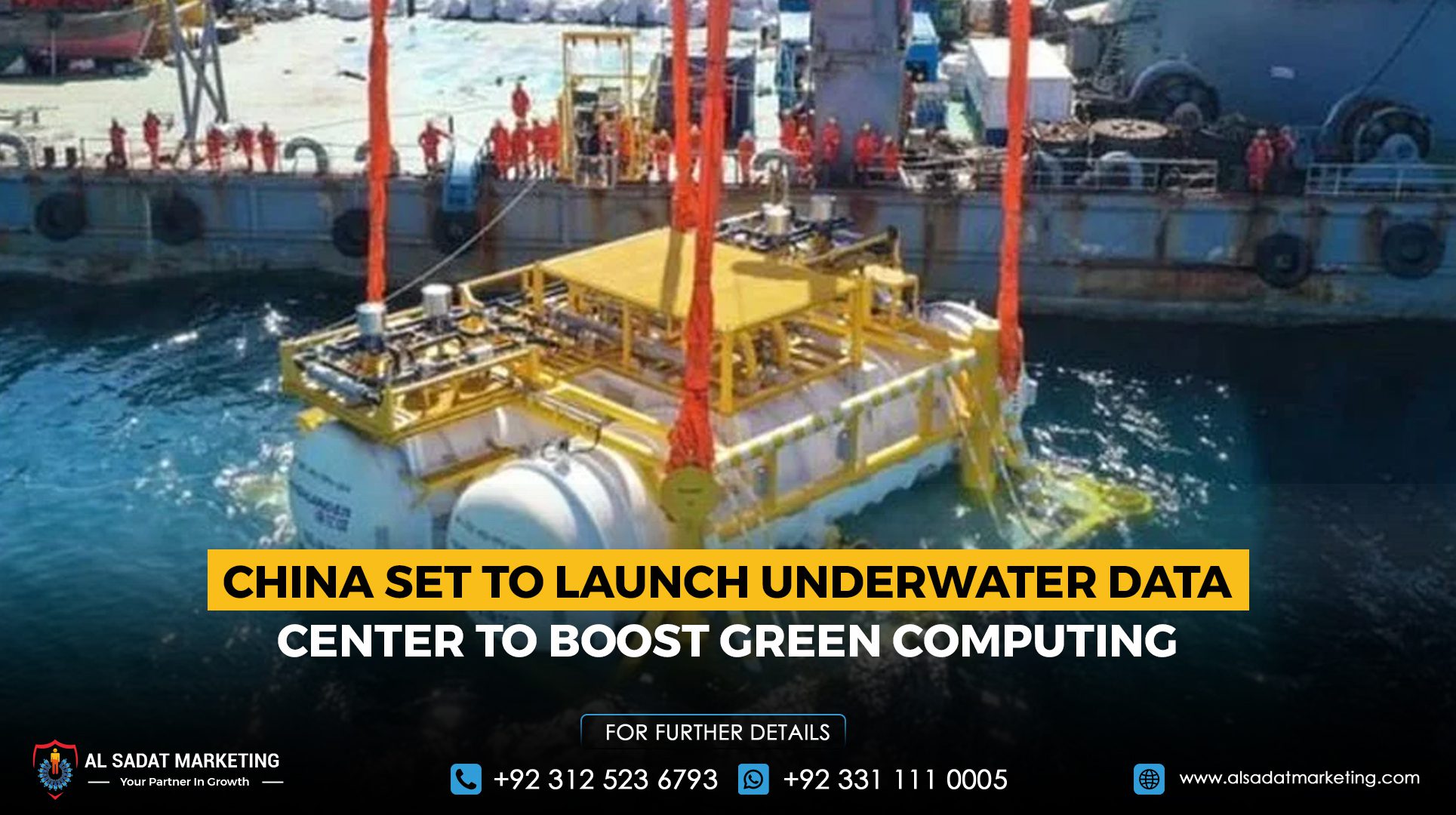A Chinese technology company is preparing to launch an underwater data center off the coast of Shanghai — a project that could transform how digital infrastructure is powered and cooled. Set to go live in mid-October, the initiative aims to reduce energy use and carbon emissions, but experts are warning of potential environmental and technical risks.
On a dock near Shanghai, engineers are completing a large yellow capsule that will soon be submerged under the sea. The project is led by Highlander, a maritime equipment firm, working alongside several state-owned construction companies.
“Underwater operations have inherent advantages,” said Yang Ye, Highlander’s vice president, explaining that the setup could use up to 90% less energy than traditional data centers by relying on naturally cold seawater to cool the servers instead of air conditioning systems.
Aiming for greener computing
The underwater data center will serve clients including China Telecom and a state-owned AI firm, aligning with Beijing’s broader push to make China’s tech sector more sustainable. The project follows a similar experiment by Microsoft in 2018, when it deployed an underwater data pod off Scotland. While Microsoft proved the concept’s feasibility, it never commercialized it.
China, however, is giving the idea new momentum. The government reportedly provided 40 million yuan (about $5.6 million) in subsidies for Highlander’s earlier underwater project near Hainan, helping the company push forward with commercial deployments.
Engineering challenges below the surface
Building and maintaining a data center under the ocean is far from simple. The capsule is constructed on land, then lowered into the sea in sections. Most of its electricity will come from offshore wind farms, with Highlander claiming 95% of the power used will be renewable.
To protect the structure, the steel shell is coated with glass flakes to prevent corrosion. A small elevator will connect the underwater unit to a surface platform for maintenance.
Even with these innovations, experts say technical hurdles remain. Shaolei Ren, a computer engineering professor at the University of California, Riverside, noted that linking underwater servers to mainland networks is difficult. He also warned that the pods could face new cybersecurity risks, such as potential sound wave–based attacks.
Environmental questions
Scientists are also studying how such facilities could affect marine life. Andrew Want, a marine ecologist at the University of Hull, said the heat released by underwater servers might alter local ecosystems, attracting some species while driving others away.
“These are unknowns at this point — there’s not enough research yet,” Want explained.
Highlander insists its previous project near Zhuhai caused no noticeable temperature changes in surrounding waters, based on a 2020 independent review. Still, experts caution that larger-scale deployments could pose greater risks. “For megawatt-scale data centers underwater, the thermal pollution problem needs to be studied more carefully,” Ren said.
A glimpse of the future
Analysts believe underwater data centers won’t replace traditional ones but could serve specific regions where land or cooling resources are scarce.
“They’re not going to replace existing facilities,” Ren said, “but they can serve niche segments where efficiency and sustainability are top priorities.”
For now, China’s Shanghai underwater data center marks an important step — both a bold experiment in sustainable computing and a test of how innovation can coexist with environmental responsibility.










